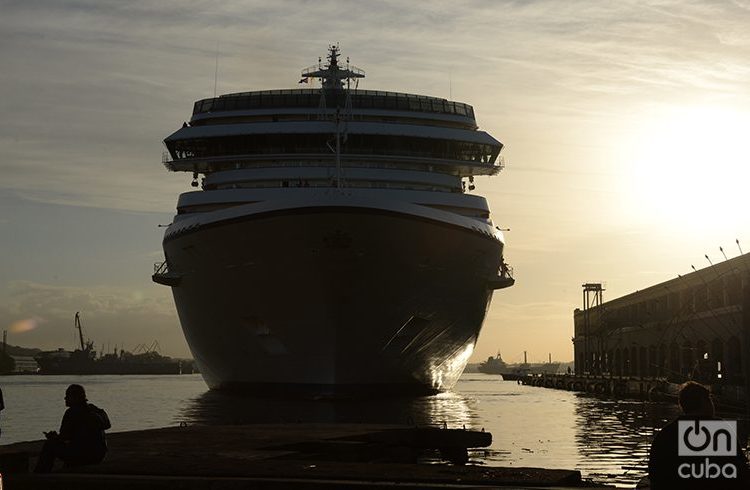In 2017, the Norwegian Cruise Line Holding (NCLH) ships transported almost 2.5 million travelers and docked at half a thousand ports across the planet. But among all the destinations visited by the U.S. company’s three brands, one of them stood out for the clients’ satisfaction: Havana.
When celebrating its first anniversary of operations in Cuba, NCLH officially distinguished the Cuban capital with the award that towers over world famous destinations like Barcelona, Venice, Monte Carlo, Honolulu and Miami.
“No other destination has become so popular as rapidly as Havana,” said Frank del Río, president and CEO of the company, during the celebration held last Thursday at the Meliá Cohiba Hotel.
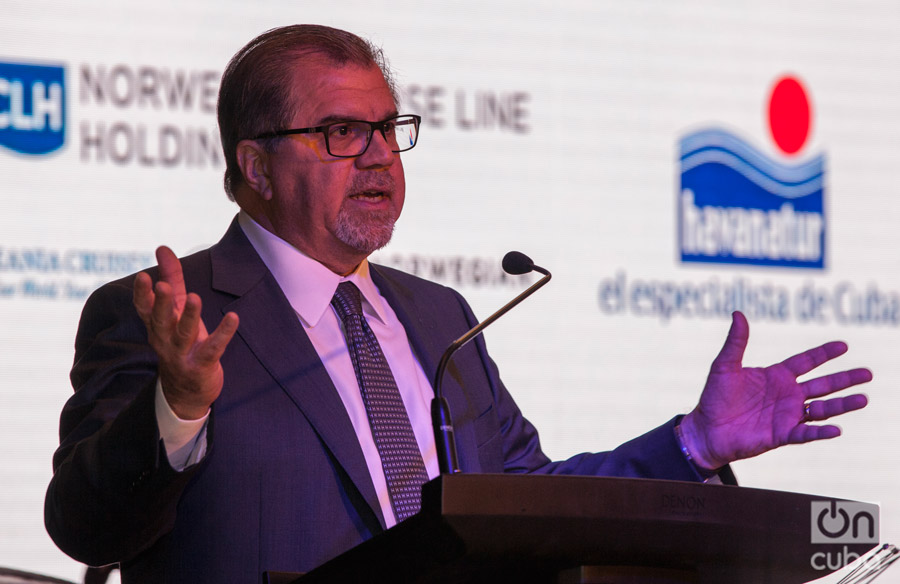
On March 9 last year, Oceania Cruises’ Marina ship inaugurated NCLH’s trips to Cuba. A while later cruise ships of its other two brands, Norwegian Cruise Line and Regent Seven Seas Cruises, would dock in Havana.
At the close of December, the NCLH ships had brought to the island around 70,000 travelers, a figure which the company hopes to almost double in 2018.
For Del Río, the reasons for this popularity are no mystery. “It’s easy to see why: Cuba’s value has always surpassed its geographical size,” he affirmed.
The Cuban-American businessman, who left the island in 1961 when he was barely 8 years old, added to the architectural, cultural and natural treasures one that in his opinion is fundamental: the Cubans themselves.
“The most important asset for the success of a destination is its people and how they treat visitors. I am extremely proud that my people, the Cuban people, has shown warmth, friendship, hospitality and pride to so many of our travelers,” he affirmed.
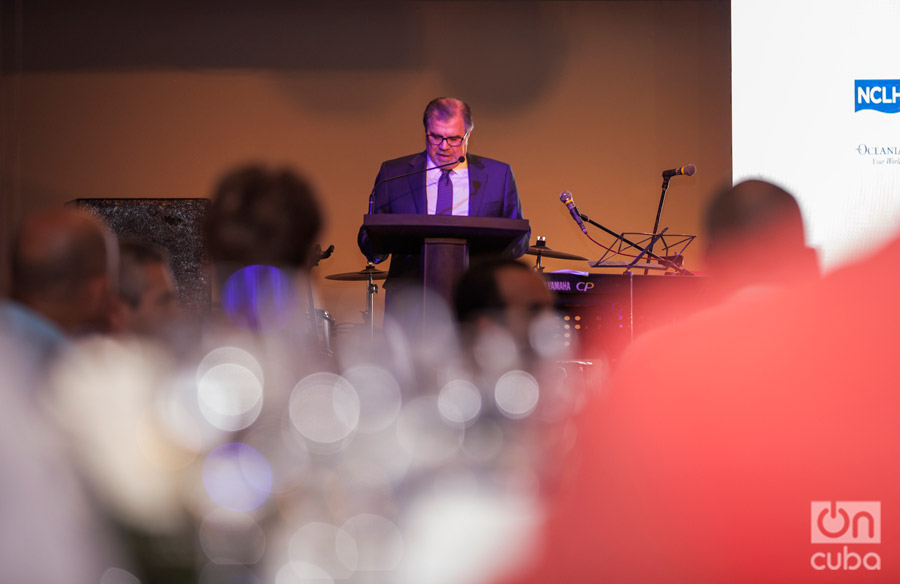
Norwegian Cruise Line, a bridge
“The only thing I enjoy more than returning to Havana is being able to share with others,” said Del Río, a Havanan from the Lawton district, in his speech at the Meliá Cohiba.
With more than 25 years of experience in the cruise business, he affirms that since his beginnings in this industry he had the dream that someday one of his ships dock in Havana.
He finally achieved it in 2017. And he did it with an added value: contributing with his cruise ships to bring down the barriers between Cubans and Americans.
“Our trips have boosted our peoples’ capacity for interacting,” he said.
According to the NCLH president, 88 percent of the cruise passengers who have traveled to the island on his ships are Americans “who want to see ties strengthened between both countries.”
Its passengers, Del Río opines, help to build stronger bridges between the two countries: “When they return from the trip they tell their friends, relatives, coworkers, and I would like to think their Congressmen and Senators, that there isn’t much difference between our people, that there are more things that unite us than those that separate us, and urge them to board a cruise ship and see for themselves all the beautiful things Cuba offers.”
His assessment is shared by Hugo Cancio, representative of NCLH for the Cuba destination, who during the celebration of the company’s first anniversary on the island thanked the Cuban counterpart and emphasized the value of the trips for relations between both countries.
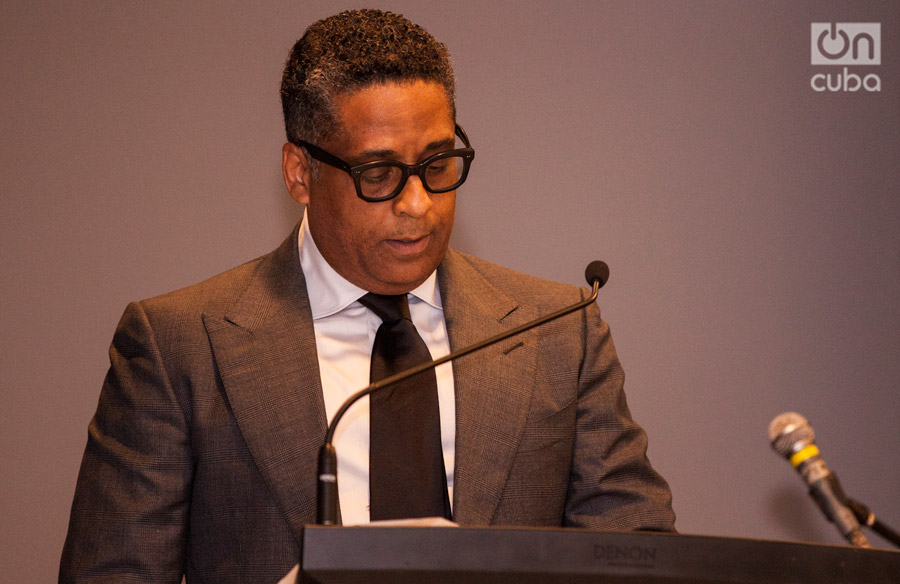
“Today, a bit over a year since the arrival of the Norwegian Cruise Line’s first ship to Havana, we can affirm with complete certainty that nice things are said about Cuba in Mississippi, in Alabama, in Tennessee, in Oklahoma, New York….
“Each one of the passengers who have disembarked on Cuban soil, when reaching their country become ambassadors, promoters of the ‘Cuba’ brand. If we have done our work well, today we have thousands of Americans supporting us,” he noted.
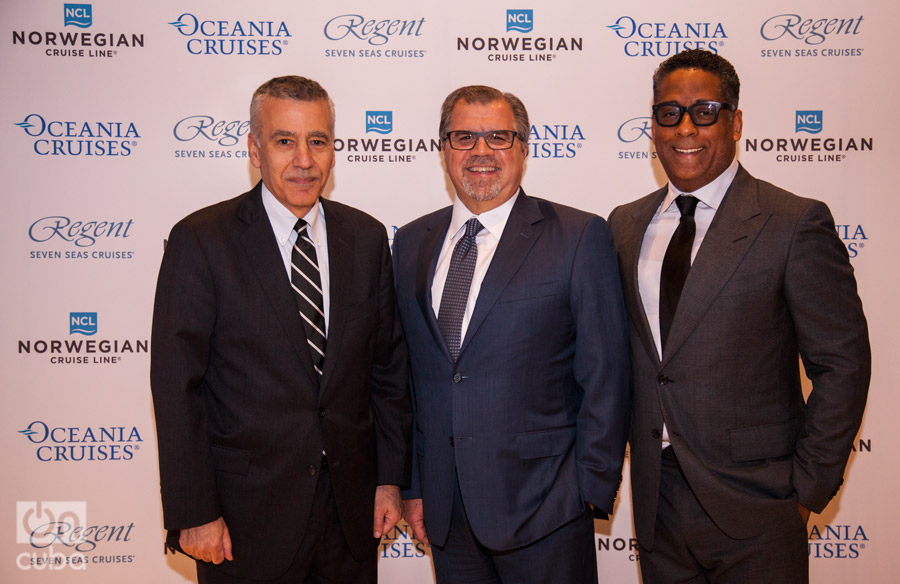
More trips, more passengers
NCLH’s cruise ships not only visit Havana; they also dock in Santiago and Cienfuegos. In 2018 the U.S. company previews 86 arrivals of its three brands in Cuba, which would comprise some 130,000 passengers.
In turn, these figures would multiply the profits for the island and, according to Del Río, show “the company’s commitment to the growth of the Cuban cruise industry and its economic benefits.”
Last year, according to NCLH estimates, the company paid Cuba approximately 12 million dollars in port tariffs and payments to the tour operators, among other related services. In 2018 it expects to surpass the 25 million.
These figures don’t include the passengers’ spending on products and services in Cuba (rum, cigars, art, food at paladares), which the company estimates at another 5 or 6 million.
They are significant figures at a time in which the Trump administration has cooled bilateral relations and the possibilities for joint ventures.
But neither Del Río nor NCLH are drawing limits.
“We want to do and participate more, much more,” the businessman affirmed.
“Our passengers are among the most demanding of the industry and pay the highest prices of its categories to travel to Cuba. We want to bring more passengers of this type to the Cuban ports and to other sites that are still not possible. If we could have more stopovers we could bring 200,000 or 300,000 more,” he explained.
Del Rio showed confidence in achieving these numbers in the next years and recognized the Cuban ministries of transportation and of tourism and several of its departments that have contributed to the success of the operations in this first year.
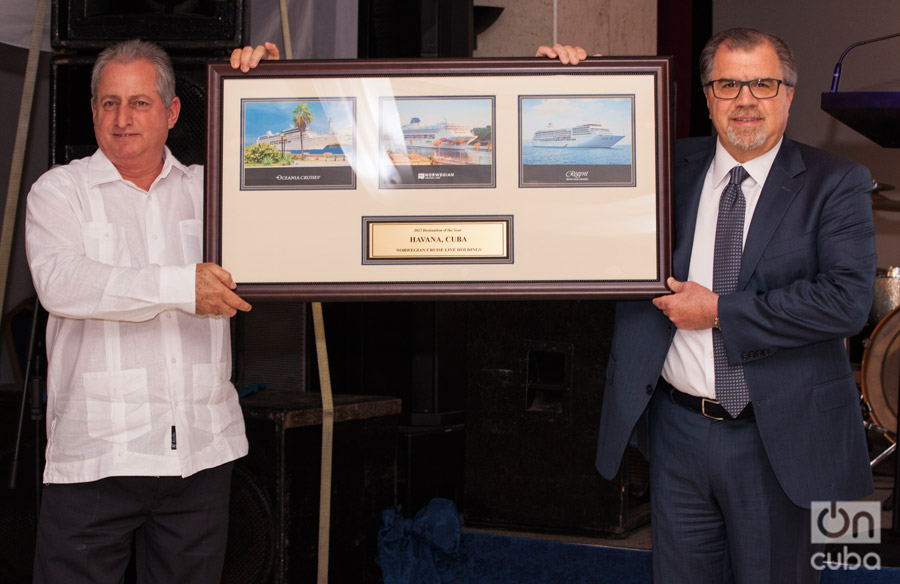
In addition. He asked the Cuban authorities for new steps to increase the number cruise ships and passengers, like the authorization to anchor the ships and use the company’s barges to transport the passengers to the city, a practice it uses in hundreds of ports throughout the world.
The president of NCLH also defended other initiatives that would need more time and investments and affirmed that his company is ready “for when the time is ready for a direct investment to further develop the Cuban cruise industry’s capacity.”
“You can count on us,” he offered.
Meanwhile, the company has already programmed trips for the 2019-2020 seasons and new itineraries could be announced in the next months. Havana promises to be a favorite destination of NCLH for a long time.

